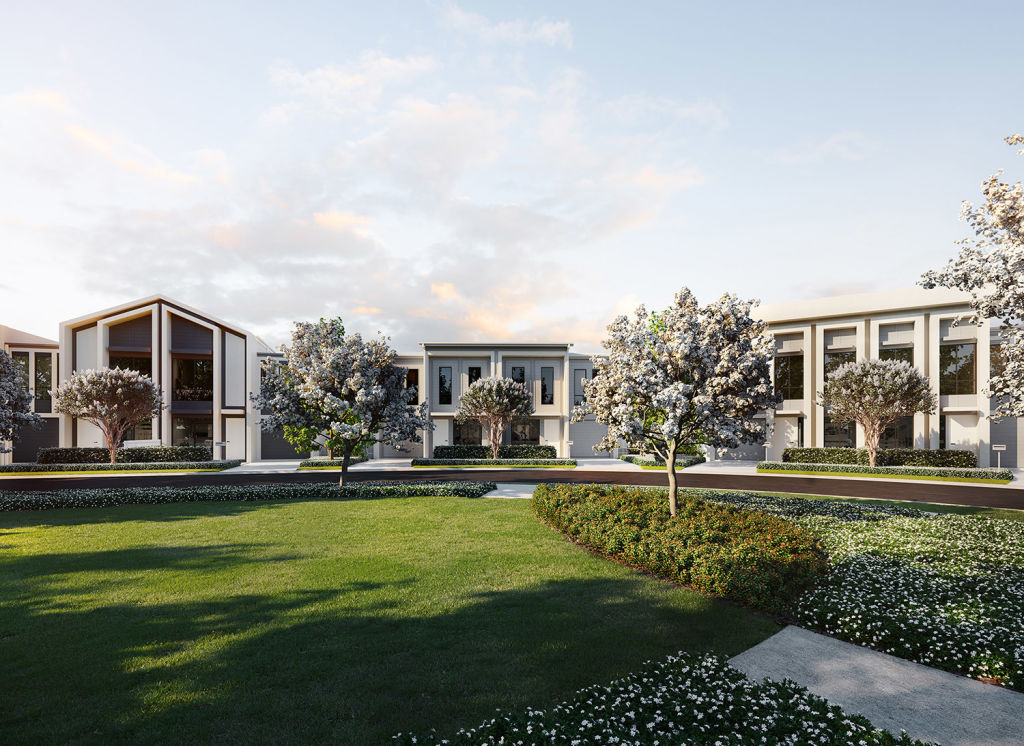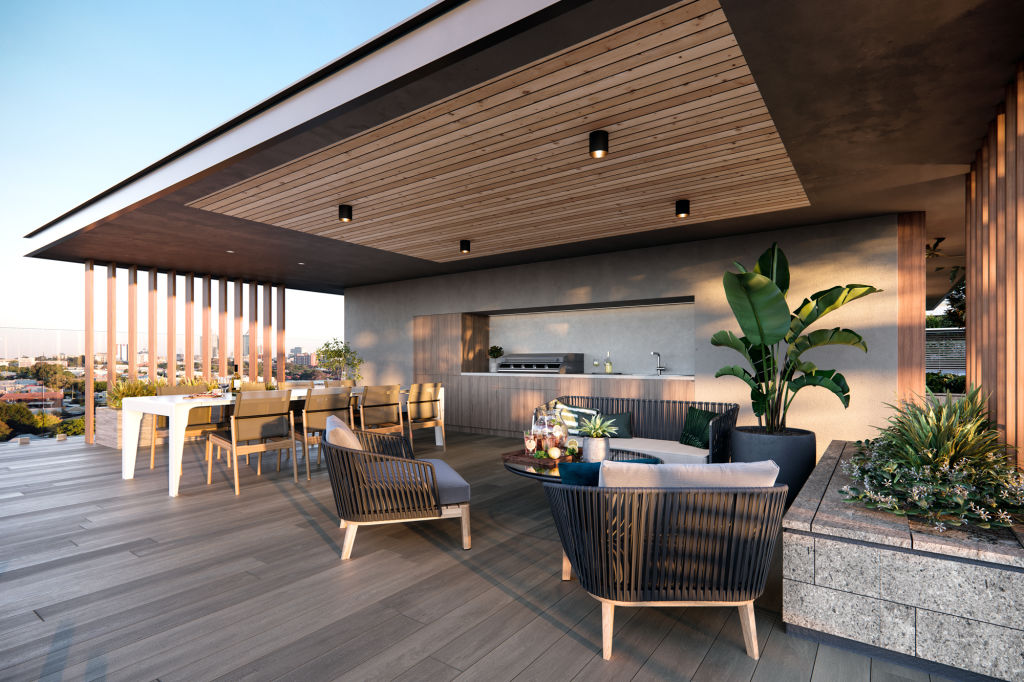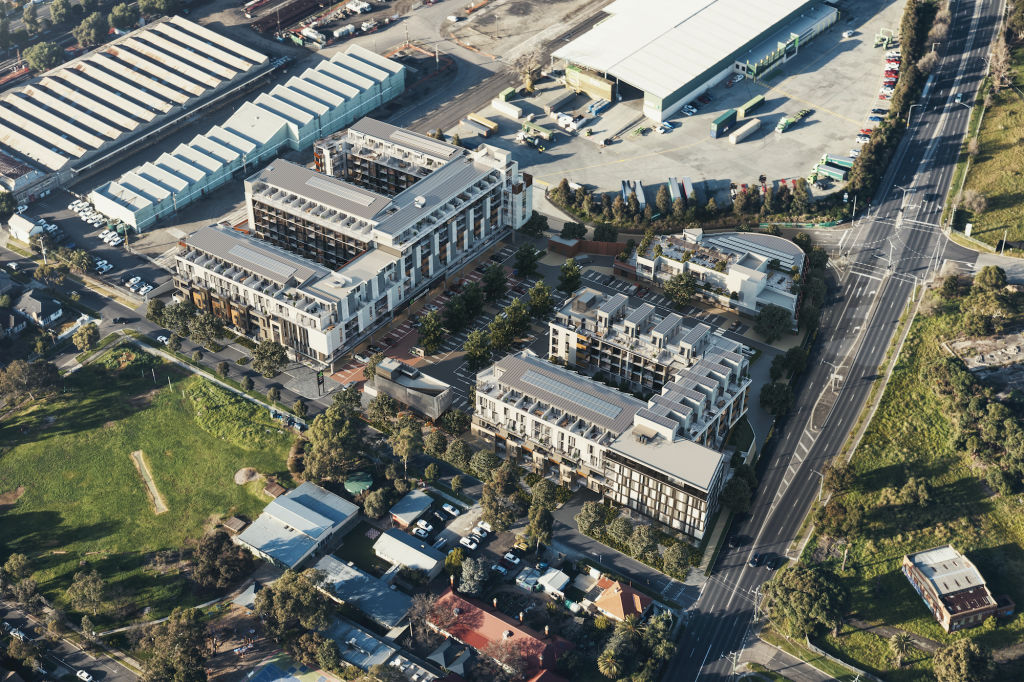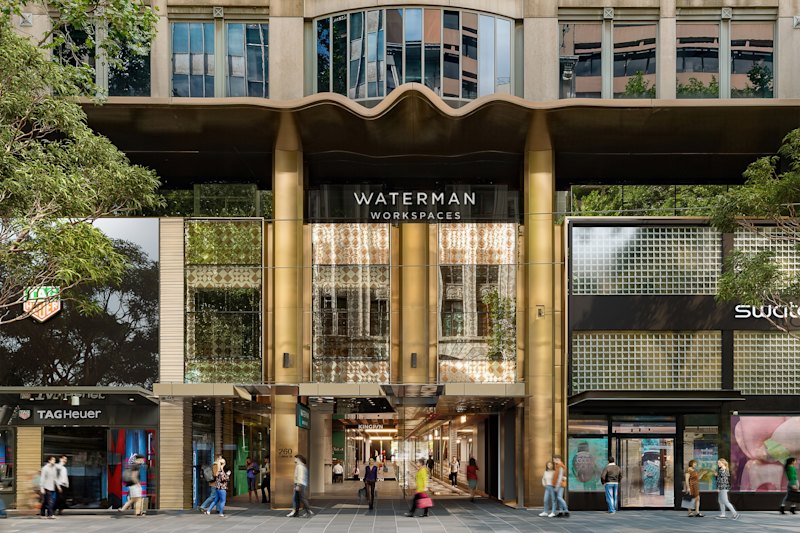Developers forge ahead with new projects despite impact of border closures

This spring will be unlike any other in the new apartment market, but Australian developers are forging on with new projects.
Although many have been crunched by low interstate migration caused by COVID-19-related border closures, others have spied an undersupply in the market they say has fuelled sales.
With a 139-townhouse development in Mount Annan in Sydney’s south-west and a 300-plus apartment complex in Parramatta launching in the past fortnight, Peter Chittenden, managing director residential at Colliers International, said there was still plenty of confidence among NSW buyers.
“Our data is saying that with COVID-19, the immigration that we’ve traditionally relied on is going to fall heavily in the short term and not reinstate itself until borders start to open,” he said.

“But the positive news is, since April 2017, there’s only been a whole lot of completions and not a lot of new projects in the market, so there’s an undersupply of new stock in the market generally.”
Last week Prime Minister Scott Morrison announced all Australian states, except Western Australia, would aim to take down borders and ease restrictions by Christmas.
Such a move would be a game-changer for the property market, particularly in Queensland. Last year the sunny state had the country’s highest level of migration with 22,800 people moving there.
Buyers snapped up all but one of the 22 apartments at the Flow Residences in Rainbow Bay, which launched on the Gold Coast six weeks ago. Jayde Pezet, director at KM Sales and Marketing, said he was expecting slower sales caused by low interstate migration.

“To be frank, probably the interstate side of things did hurt us a lot more than it would have, but we had a whole lot of uptake from people who appreciated and knew the area,” he said.
“It would have been a sell-out on day one if we had full access with those southern states, but a lot of people obviously couldn’t make it up here.”
An analysis of ABS building approvals statistics by the Housing Industry Association showed detached house approvals dropped 2.8 per cent in the three months to July, with an 8 per cent jump in the month of July.
Multi-unit approvals also spiked in July, up by 20.1 per cent. Yet approvals in the three months to July were 35 per cent below last year’s levels.
HIA chief economist Tim Reardon said the apartment market was being hampered by the pause in international migration.
“Activity in this part of the market is likely to remain subdued until there is greater certainty about the pathway for overseas migration to be restored,” he said.

In Western Australia, a $280 million project in Subiaco has hit the ground running. Construction at One Subiaco begins this month with more than 80 per cent of the 245 apartments sold off-the-plan.
And while Victoria is grappling with the worst of the pandemic, projects are still moving ahead. These include 31 Coventry Street in The Domain and Union Quarter in Spotswood, where construction began last month.
Mario Biasin, chief executive at home builder Metricon, says the company has seen a spike in buyer interest in their regional Victorian projects.
“In regional Victoria we are experiencing record activity as savvy buyers seize the opportunity to secure a new home away from Melbourne, with evidence that location is something customers are now looking at differently,” he said.
“With many organisations looking to embrace working from home beyond COVID-19 restrictions, a home in a regional community is now being viewed more favourably – particularly if you are only commuting a few days per week as opposed to the full five days or can work entirely from home.”
We recommend
We thought you might like
States
Capital Cities
Capital Cities - Rentals
Popular Areas
Allhomes
More







